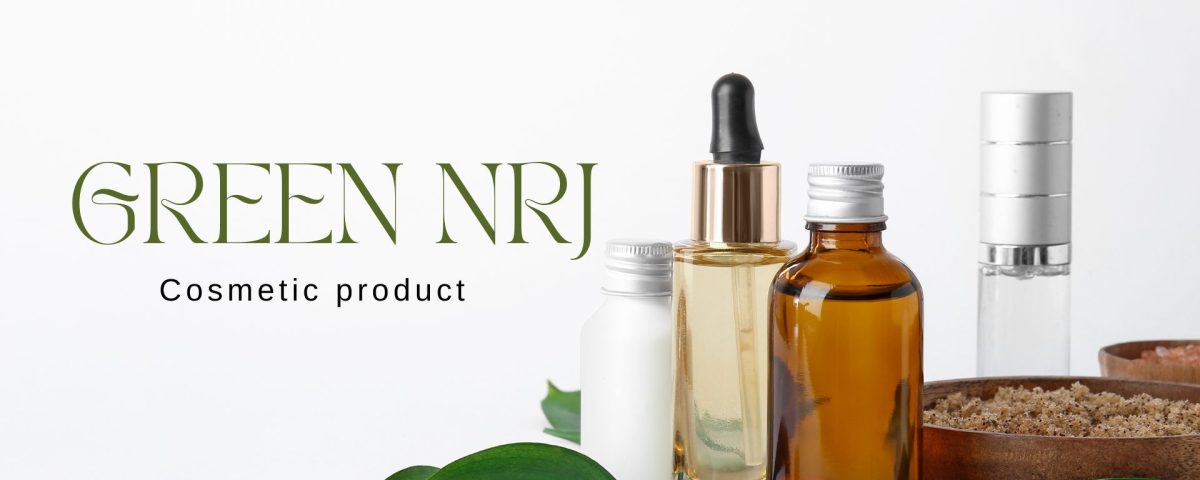Table of Contents
- Introduction
- Common Misconceptions About Natural and Organic Cosmetics
- Legal Definition of Natural-Origin Ingredients in Vietnam
- Ingredients Classified as Natural
- Definition of Naturally Derived Ingredients
- Disclosure Requirements for Natural-Origin Ingredients
- Conclusion: Full Transparency Is Essential
- How Green NRJ Supports Your Compliance
1. Introduction
As the demand for clean beauty and eco-conscious skincare continues to grow, terms like “natural,” “organic,” and “green” are increasingly featured on cosmetic labels. These descriptions appeal to health- and sustainability-minded consumers. However, many brands and distributors mistakenly believe that natural-origin cosmetic ingredients do not need to be fully disclosed when registering products in Vietnam.
In this article, Green NRJ clarifies the legal requirements for disclosing ingredients of natural origin in cosmetic product notifications, based on Vietnamese law and international guidance under TCVN 12972-1:2020 (ISO 16128-1:2016). If your business manufactures, imports, or distributes natural cosmetics in Vietnam, this article will help you stay compliant and avoid regulatory issues.
2. Common Misconceptions About Natural and Organic Cosmetics
One of the most common misconceptions in the cosmetic industry is that natural or organic ingredients are automatically exempt from mandatory disclosure due to their perceived safety. Some companies believe that ingredients derived from plants or minerals do not need to be declared in the product information file (PIF) submitted to the Drug Administration of Vietnam (DAV).
However, this is not correct. Vietnamese cosmetic regulations require full ingredient disclosure, regardless of origin. The same standards apply to natural, naturally derived, and synthetic ingredients. Full disclosure ensures:
-
Consumer safety through proper toxicological review;
-
Compliance with ASEAN Cosmetic Directive (ACD) and Vietnamese requirements;
-
Transparent product labeling and responsible marketing.
Failing to disclose ingredients—even if they are 100% natural—may lead to notification rejection, administrative penalties, or market recall.
3. Legal Definition of Natural-Origin Ingredients in Vietnam
To understand what qualifies as “natural-origin” in cosmetics, businesses should refer to TCVN 12972-1:2020, which is Vietnam’s national adoption of ISO 16128-1:2016.
This standard defines natural cosmetic ingredients as substances obtained from:
-
Plants, animals, microorganisms, or minerals;
-
Through physical processes (such as grinding, extraction, or distillation);
-
Biological fermentation or traditional preparation methods, without altering the substance’s original chemical structure.
These ingredients must not be chemically modified in ways that create synthetic structures. Notably, petroleum-based or fossil fuel-derived ingredients are excluded, even if their source is technically natural.
By adhering to this definition, manufacturers can calculate the natural index of a product and ensure consistency with labeling claims like “100% natural” or “high natural content.”
4. Ingredients Classified as Natural
Under TCVN 12972-1:2020, the following types of raw materials are classified as natural-origin:
-
Plants, including botanical extracts, fungi, and algae;
-
Minerals, such as clay, zinc oxide, or mica;
-
Animals, such as beeswax or lanolin;
-
Microorganisms, like those used in fermentation.
Note: Some regions may still classify ingredients from genetically modified organisms (GMOs) as “natural” if derived using approved methods.
Note: The standard does not consider scent, color, or taste as factors in determining an ingredient’s natural status.
For example, essential oils, aloe vera gel, or natural clays are typically categorized as natural-origin ingredients if extracted through mechanical or traditional means.
5. Definition of Naturally Derived Ingredients
Naturally derived ingredients are materials that originate from natural sources but undergo intentional chemical or biological transformation. As per Section 3 of TCVN 12972-1:2020, an ingredient is considered naturally derived if it:
-
Contains more than 50% of natural origin, measured by molecular weight or renewable carbon content;
-
Has been processed using chemical reactions, enzymatic activity, or fermentation.
Examples include:
-
Cocamidopropyl betaine (derived from coconut oil);
-
Sodium lauroyl glutamate (from natural fatty acids and amino acids);
-
Glycerin esters (derived from plant oils through esterification).
These ingredients are not classified as fully natural, but still contribute to a product’s natural content percentage. While processed, they retain renewable, biodegradable characteristics important for green cosmetic formulations.
6. Disclosure Requirements for Natural-Origin Ingredients
No exemption exists.
Vietnamese law requires that all cosmetic ingredients—natural, synthetic, or naturally derived—be fully declared in the notification dossier submitted to the Drug Administration of Vietnam. This disclosure:
-
Enables regulators to evaluate product safety;
-
Ensures that the product complies with the ASEAN Cosmetic Ingredient Dictionary (ACID);
-
Facilitates proper INCI name labeling and ingredient traceability.
The only partial exception concerns fragrance compositions or proprietary mixtures, which may be listed under umbrella terms like “Fragrance” or “Parfum” if aligned with international INCI naming standards and trade secret policies. However, even in these cases, companies may be required to disclose components to regulators upon request.
Non-compliance can result in:
-
Dossier rejection;
-
Delays in product launch;
-
Administrative fines or forced withdrawal from the market.
Even if an ingredient is plant-based, sustainably harvested, or minimally processed, it must appear in the full ingredient list submitted to DAV.
7. Conclusion: Full Transparency Is Essential
While “natural” cosmetics are increasingly popular, Vietnamese regulations do not grant disclosure exemptions for ingredients based on origin. Every ingredient, including those of natural or naturally derived sources, must be fully declared in product notification documents.
Key takeaway:
👉 Natural does not mean exempt. Ingredient transparency is mandatory, regardless of source.
To remain compliant, cosmetic companies should:
-
Understand definitions outlined in TCVN 12972-1:2020;
-
Use accurate INCI naming;
-
Work with regulatory experts to avoid errors in cosmetic notifications.
8. How Green NRJ Supports Your Compliance
At Green NRJ, we provide comprehensive support for businesses involved in manufacturing, importing, or distributing cosmetics in Vietnam, with a focus on compliance and speed.
Our services include:
-
Preparing cosmetic product notification dossiers that meet DAV standards;
-
Consulting on ingredient classification and disclosure, including natural and naturally derived substances;
-
Advising on ISO and TCVN standards relevant to cosmetic formulations;
-
Ensuring your products are compliant, market-ready, and aligned with green beauty trends.
Whether you’re launching a new brand or expanding your product range, Green NRJ ensures smooth regulatory navigation and long-term success in the Vietnamese cosmetics market.
📩 Contact Green NRJ today to get expert assistance and ensure your product notification is fully compliant.




